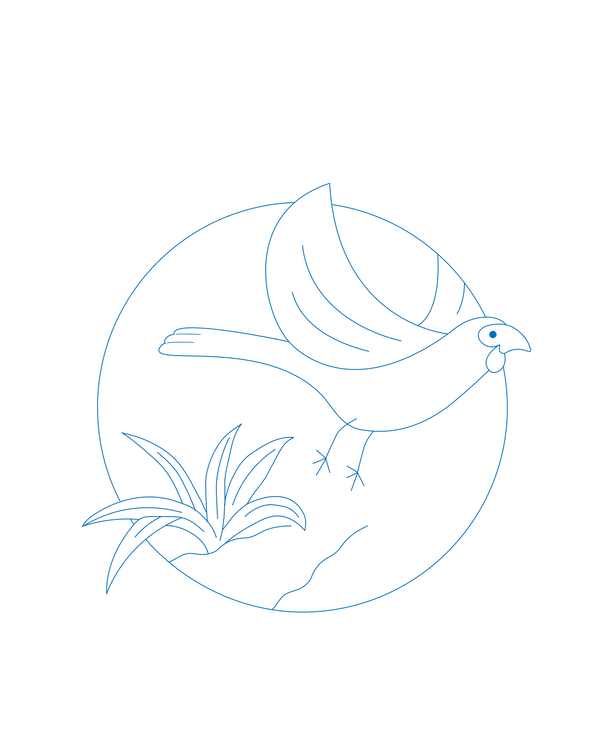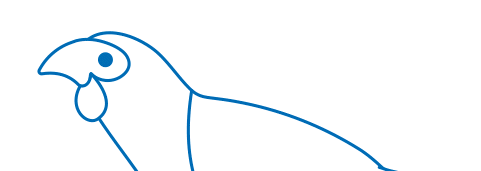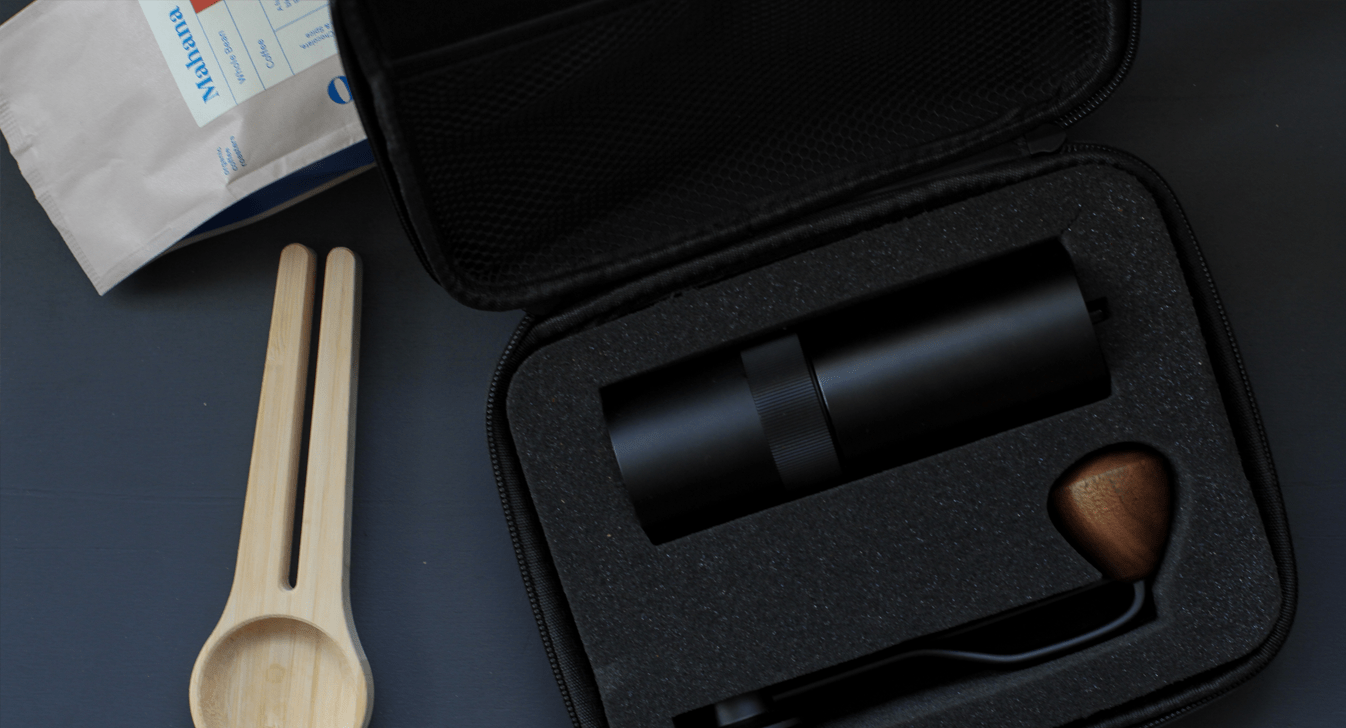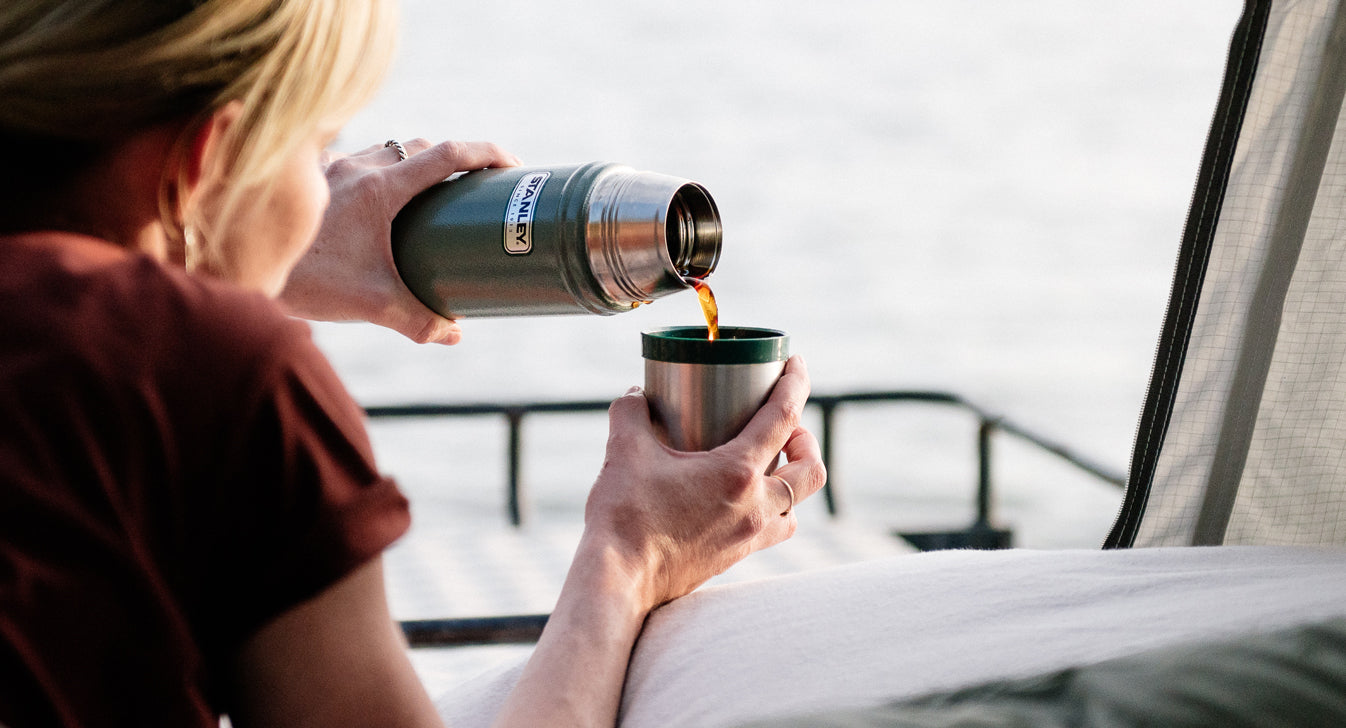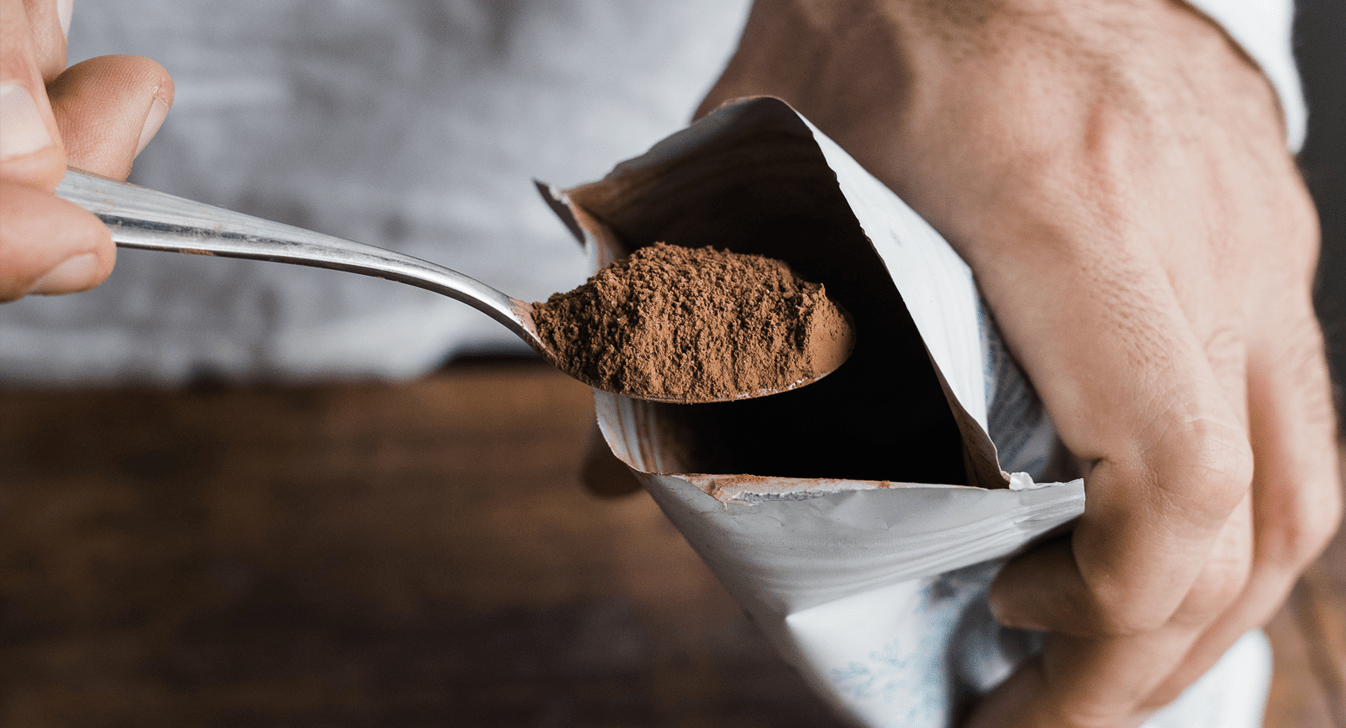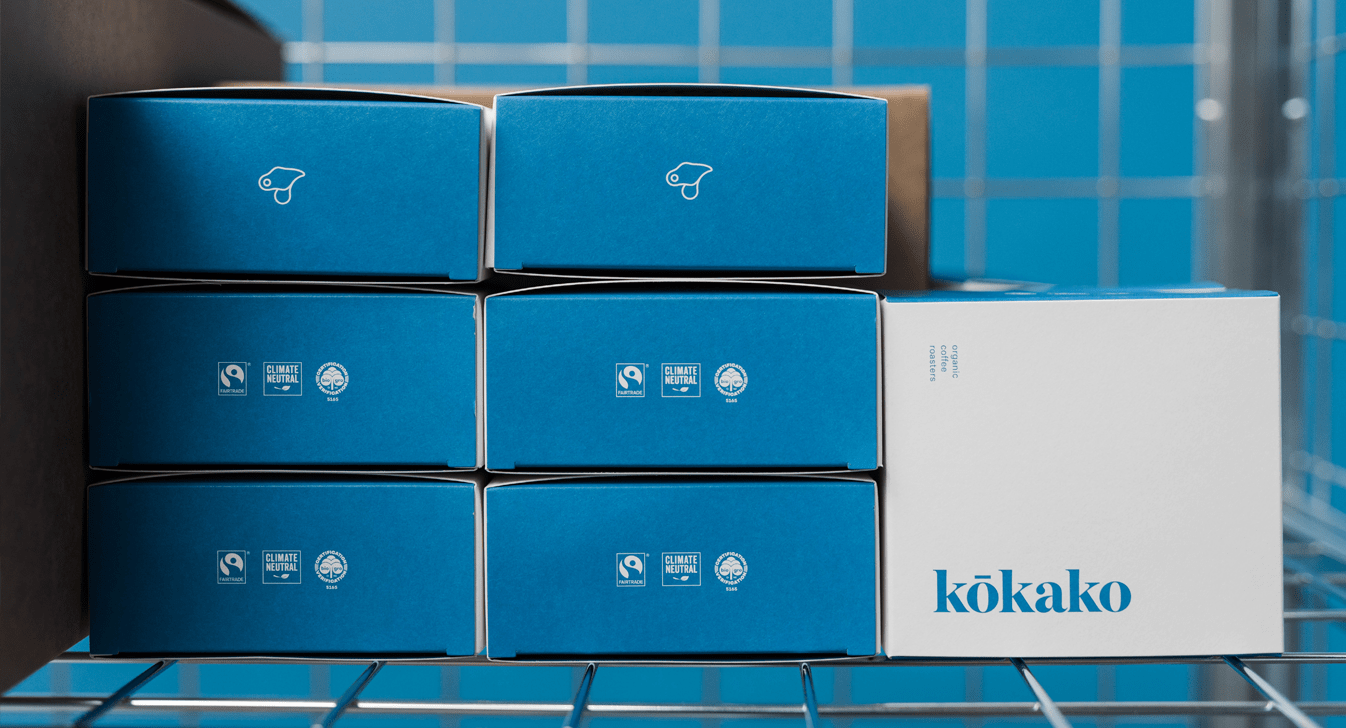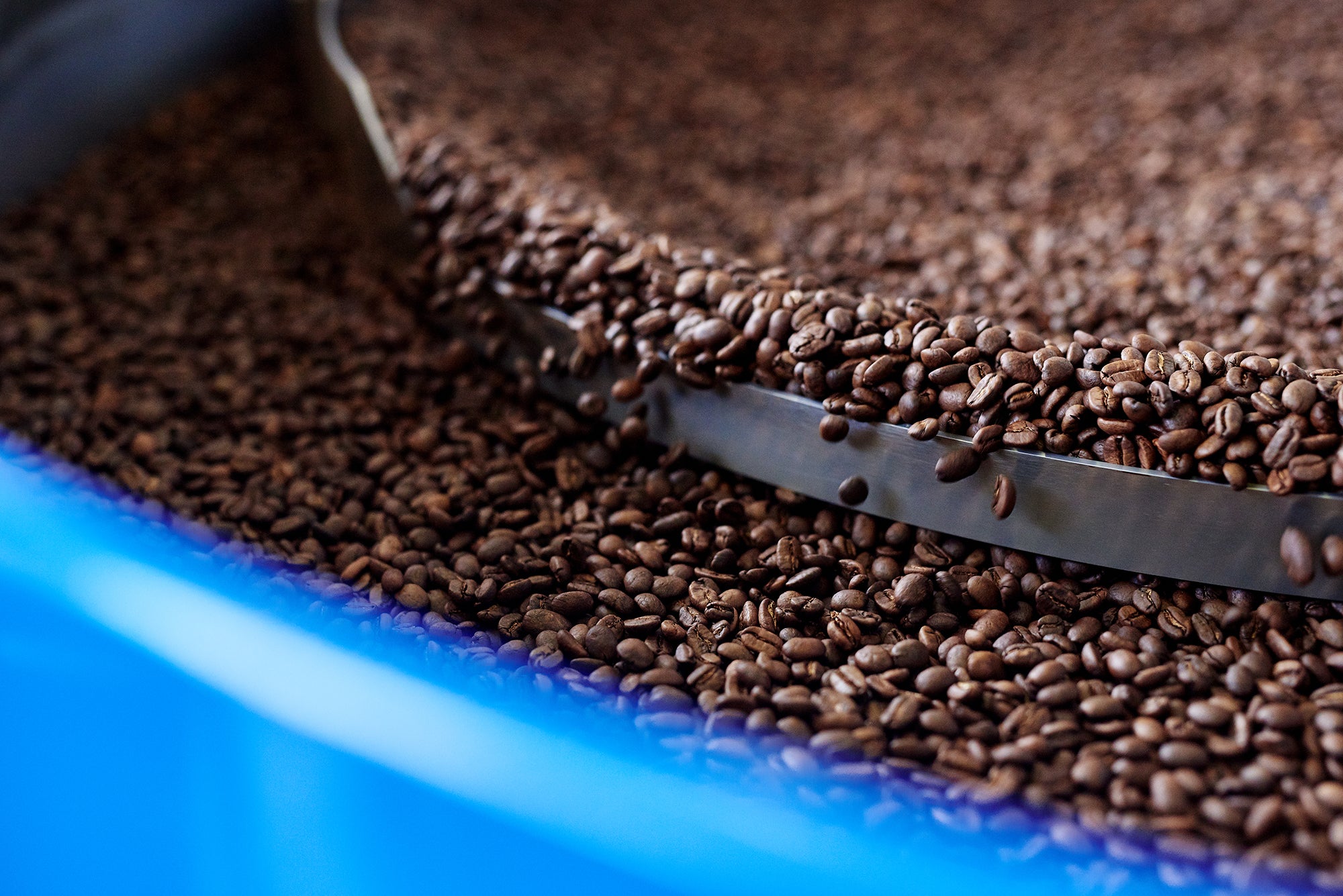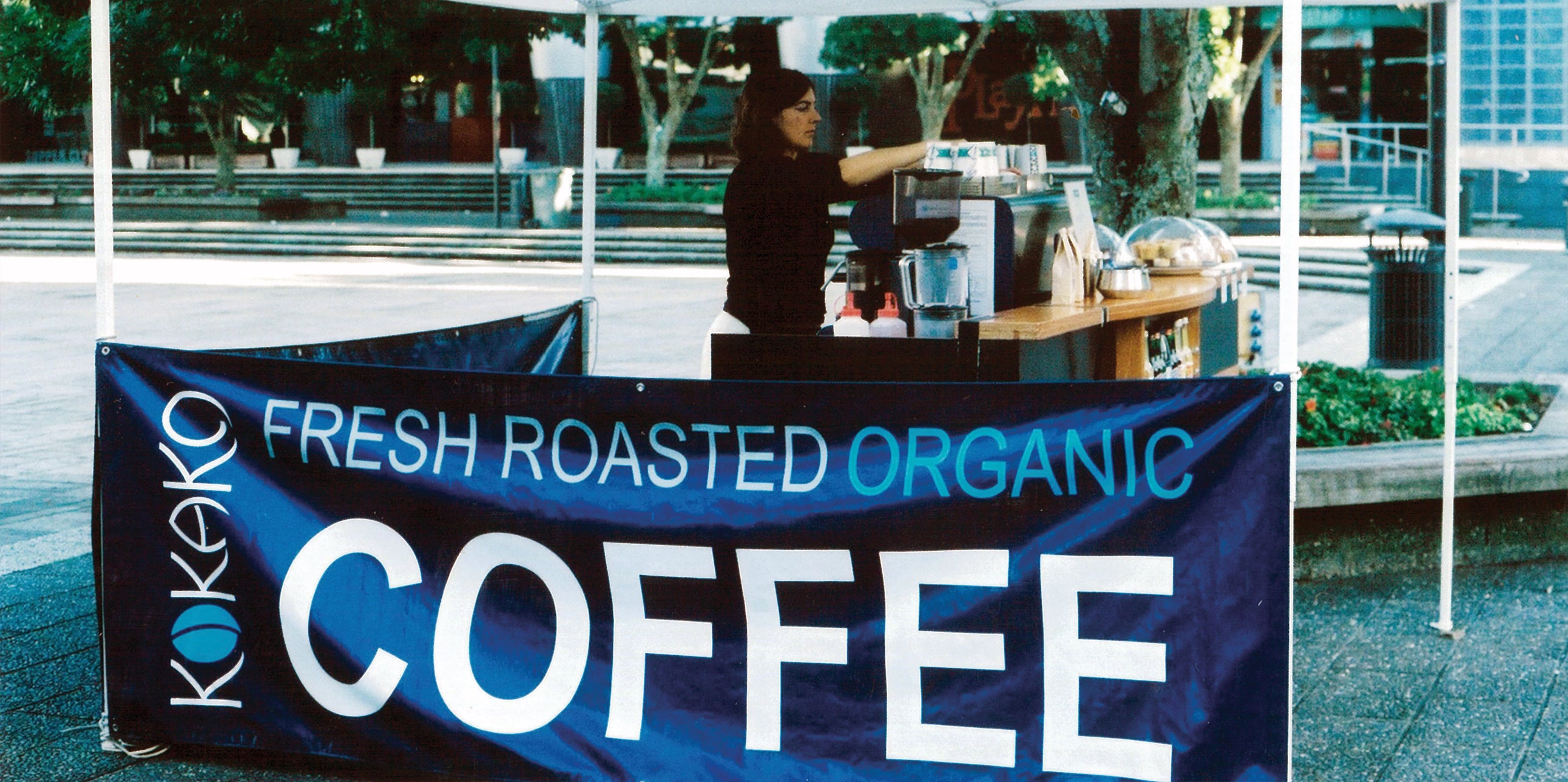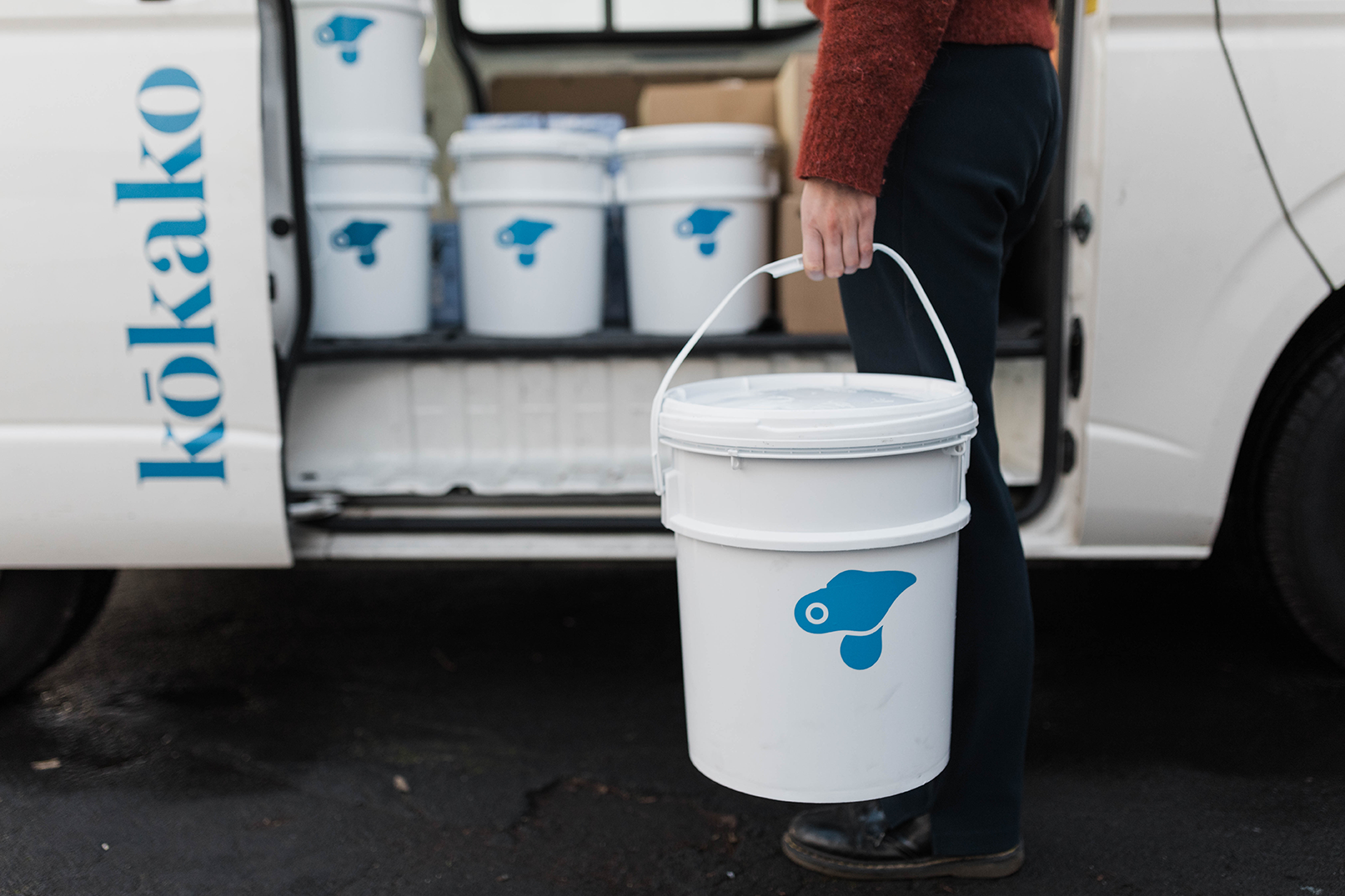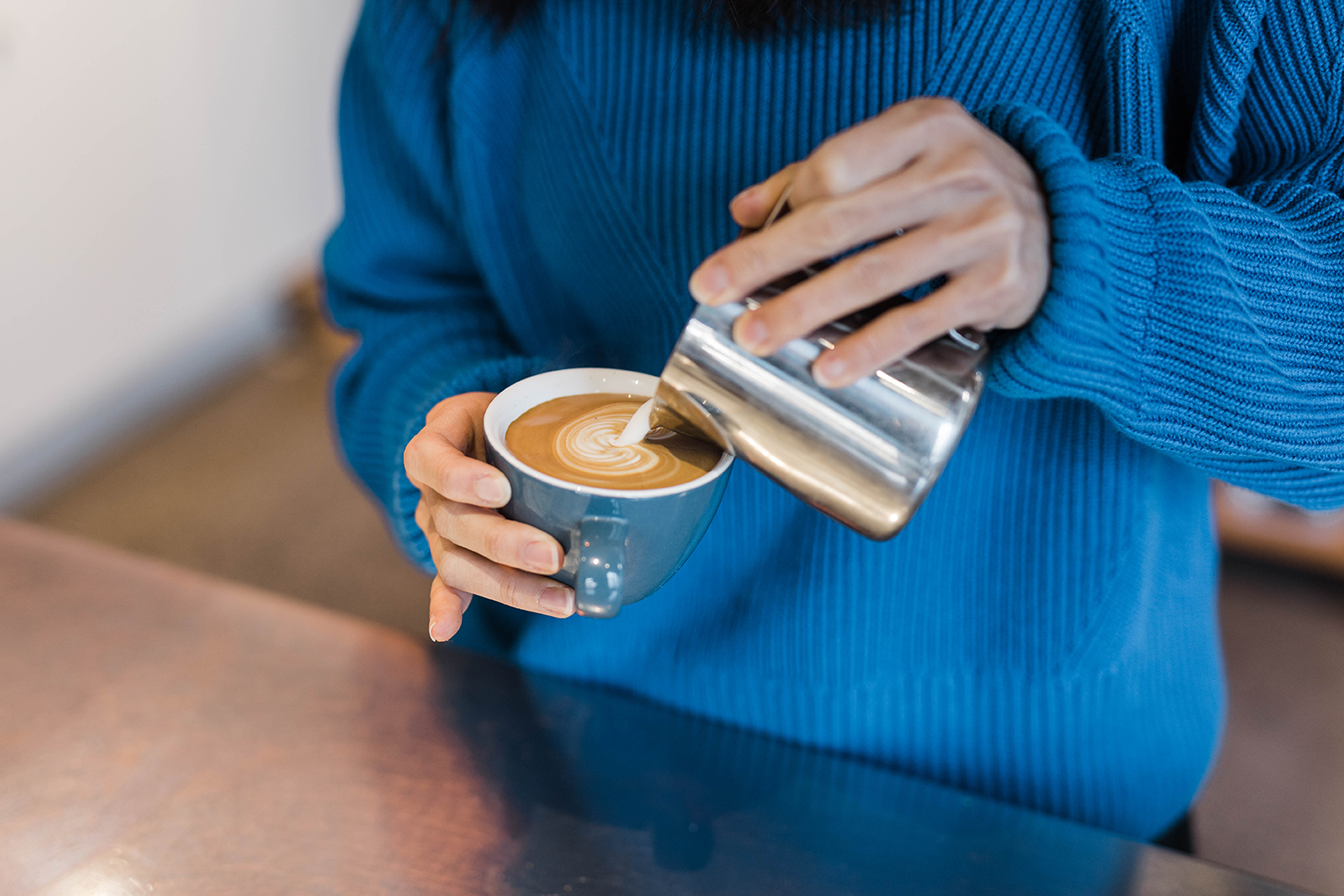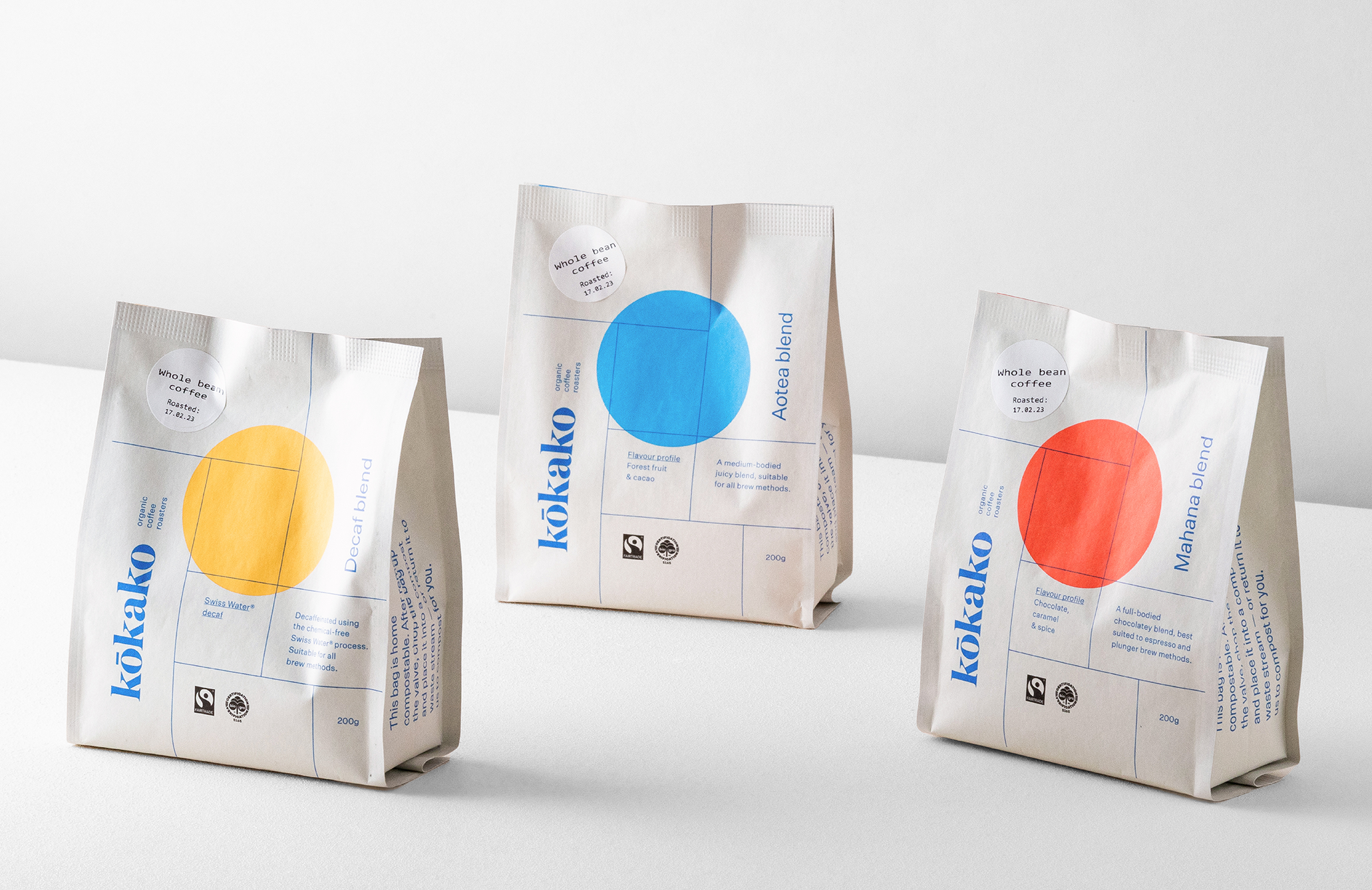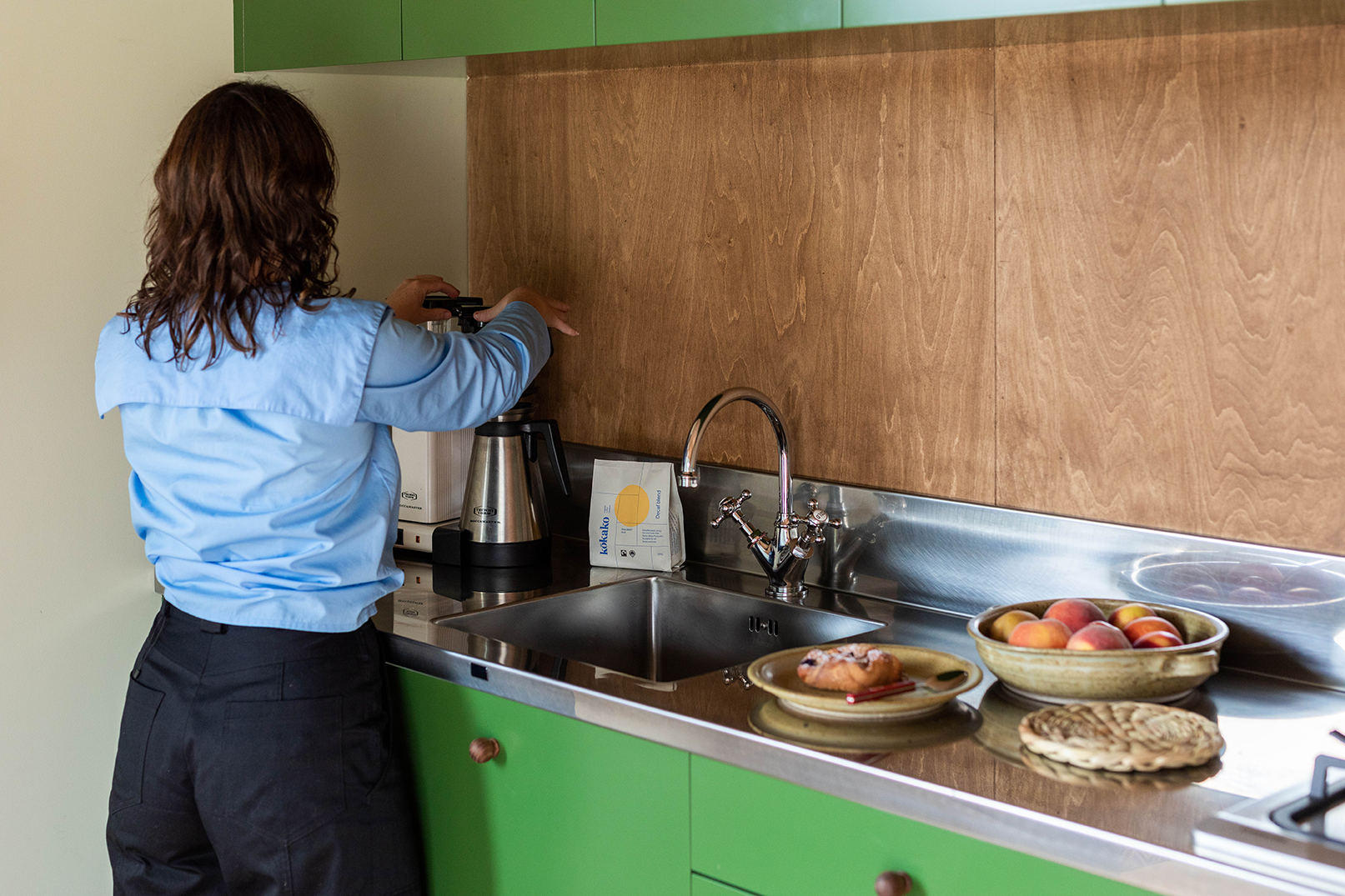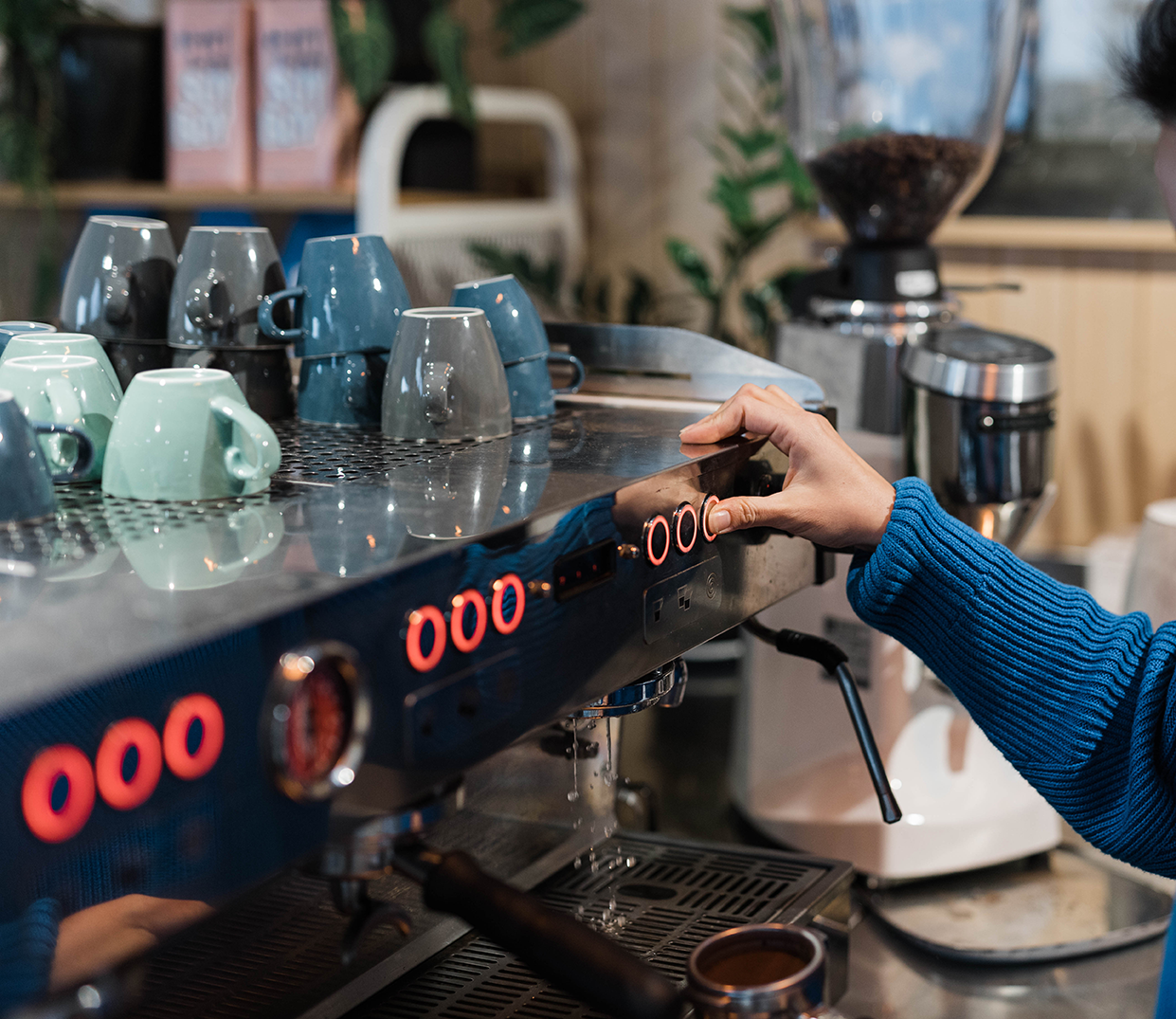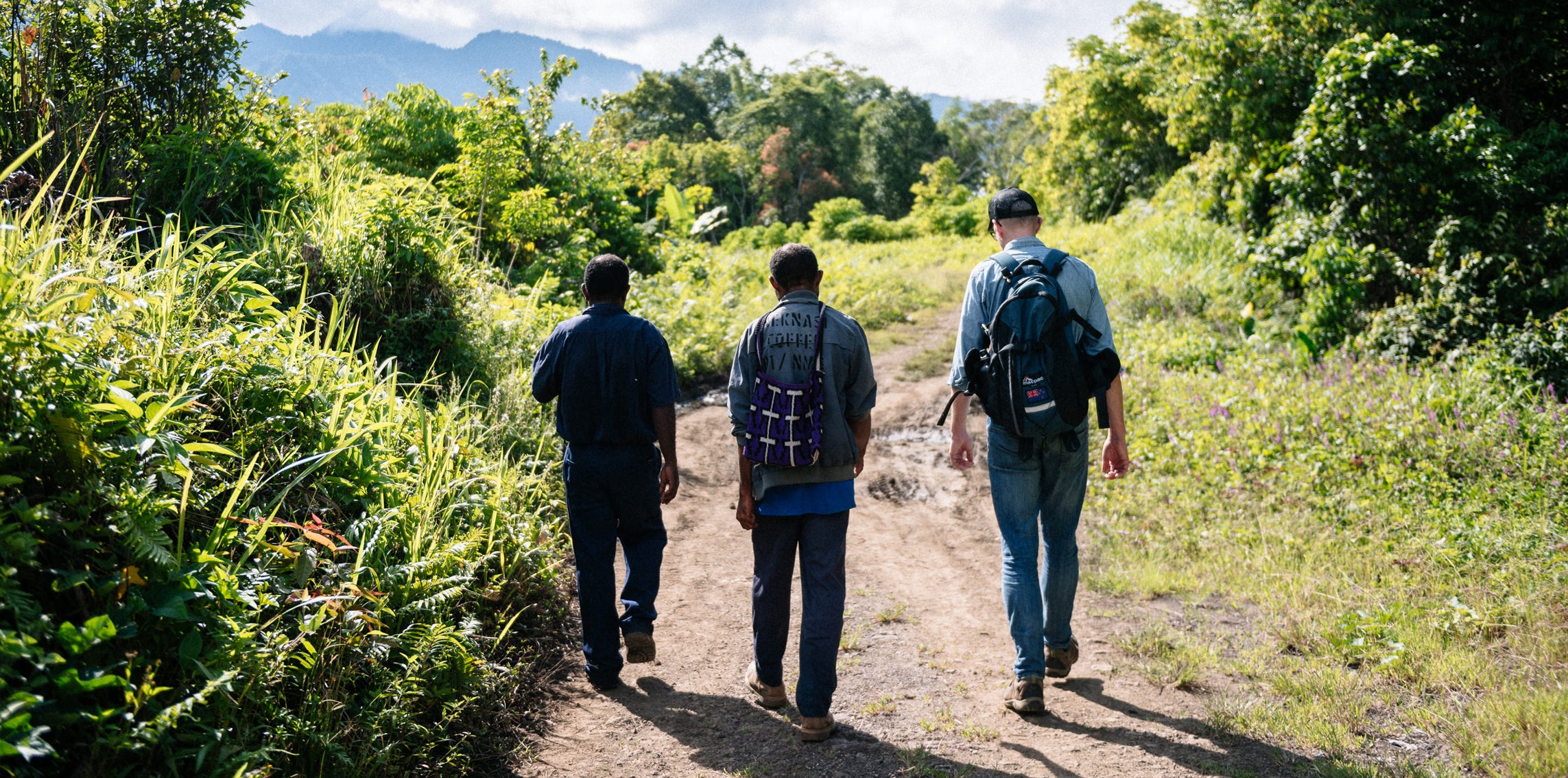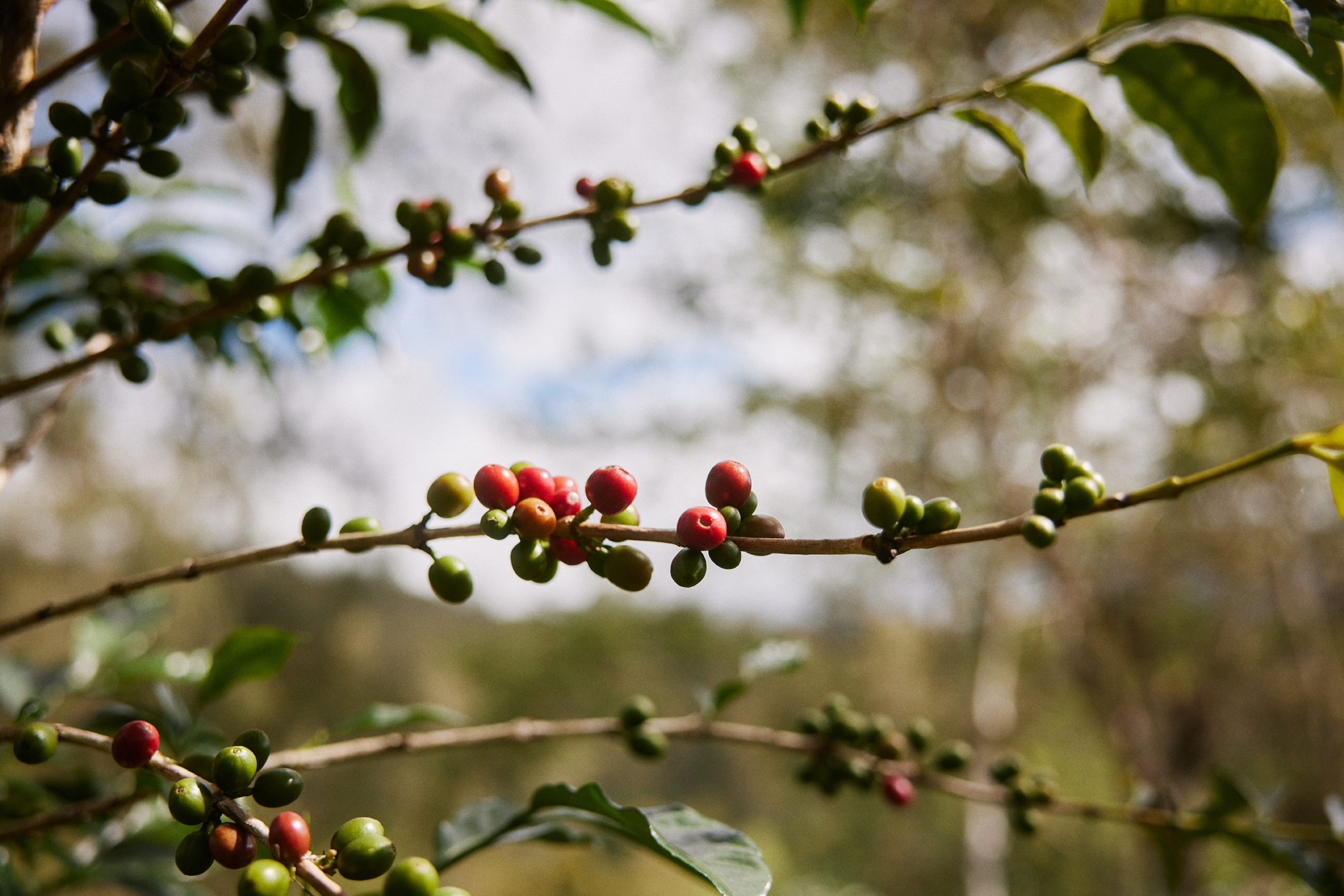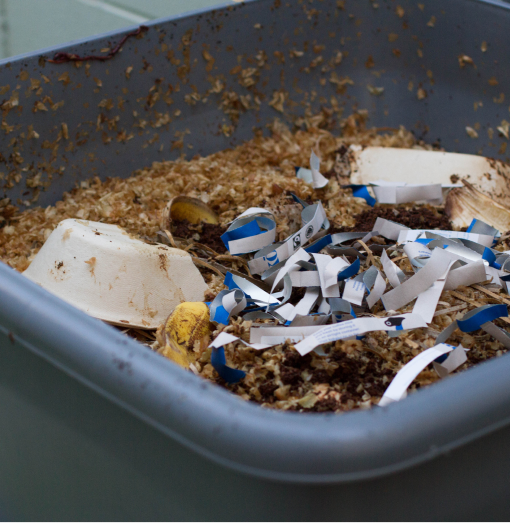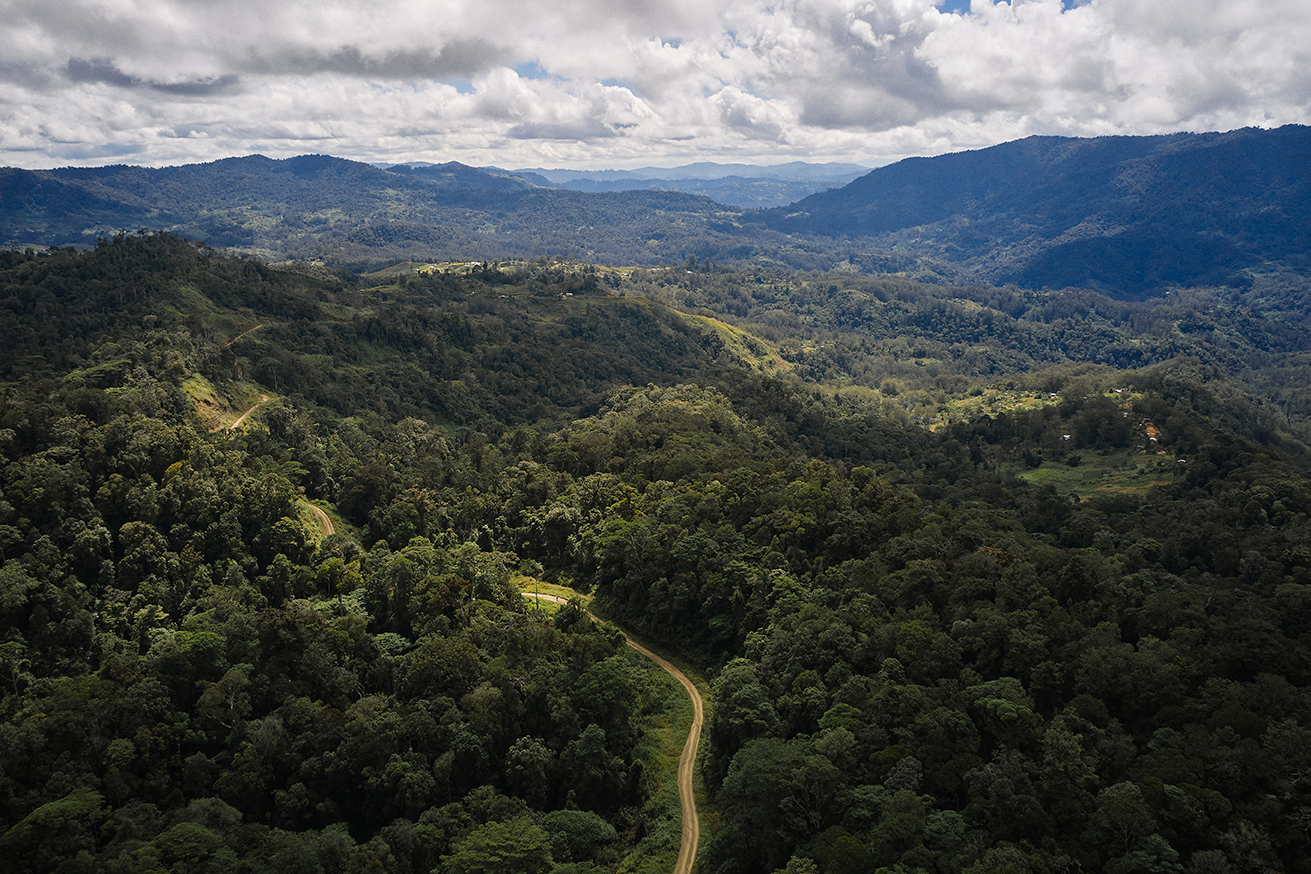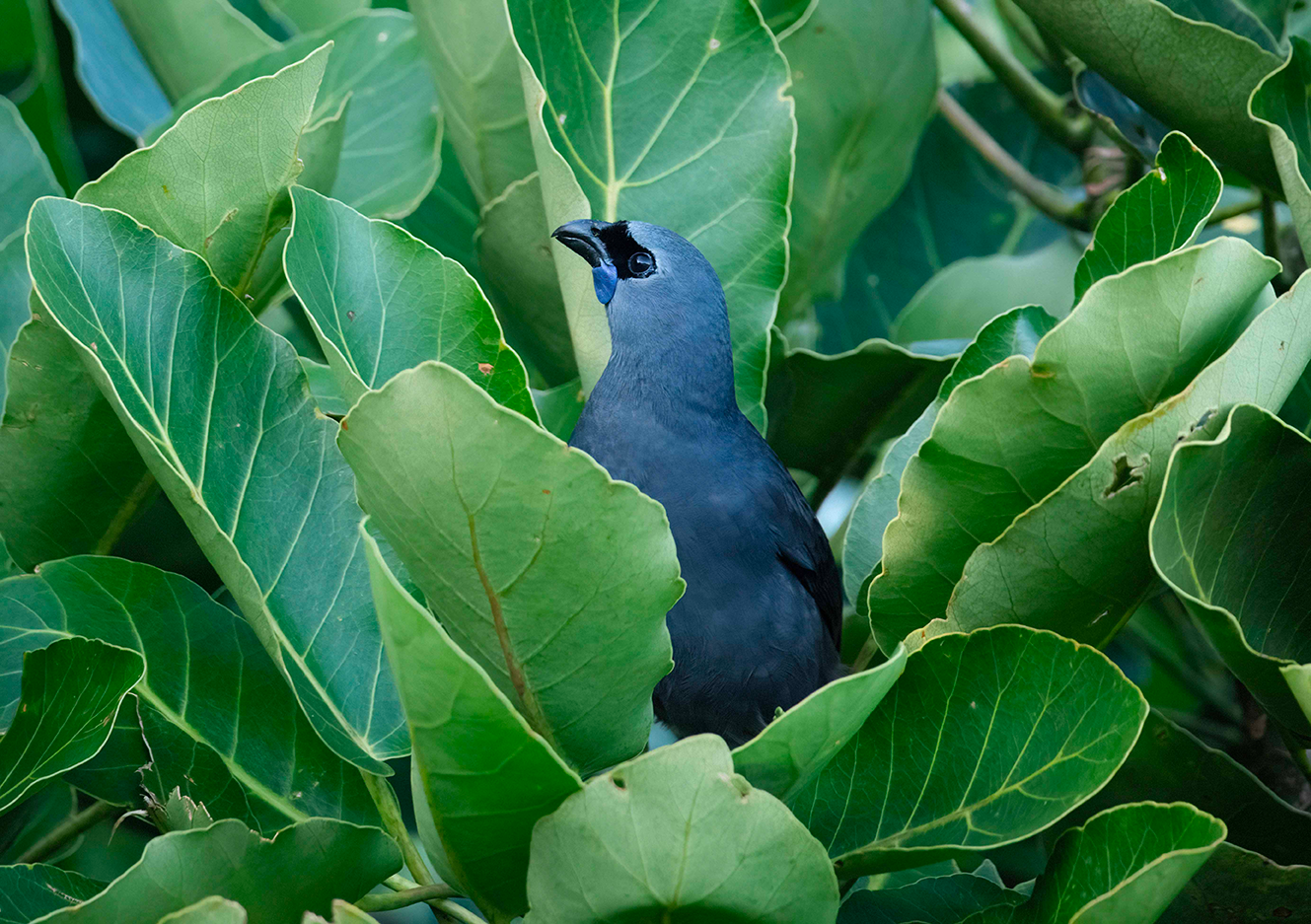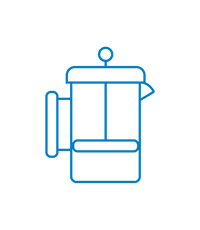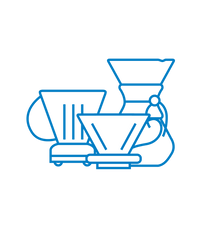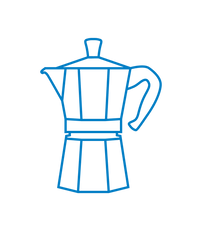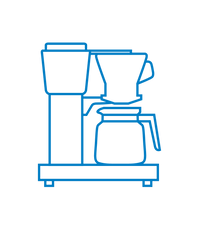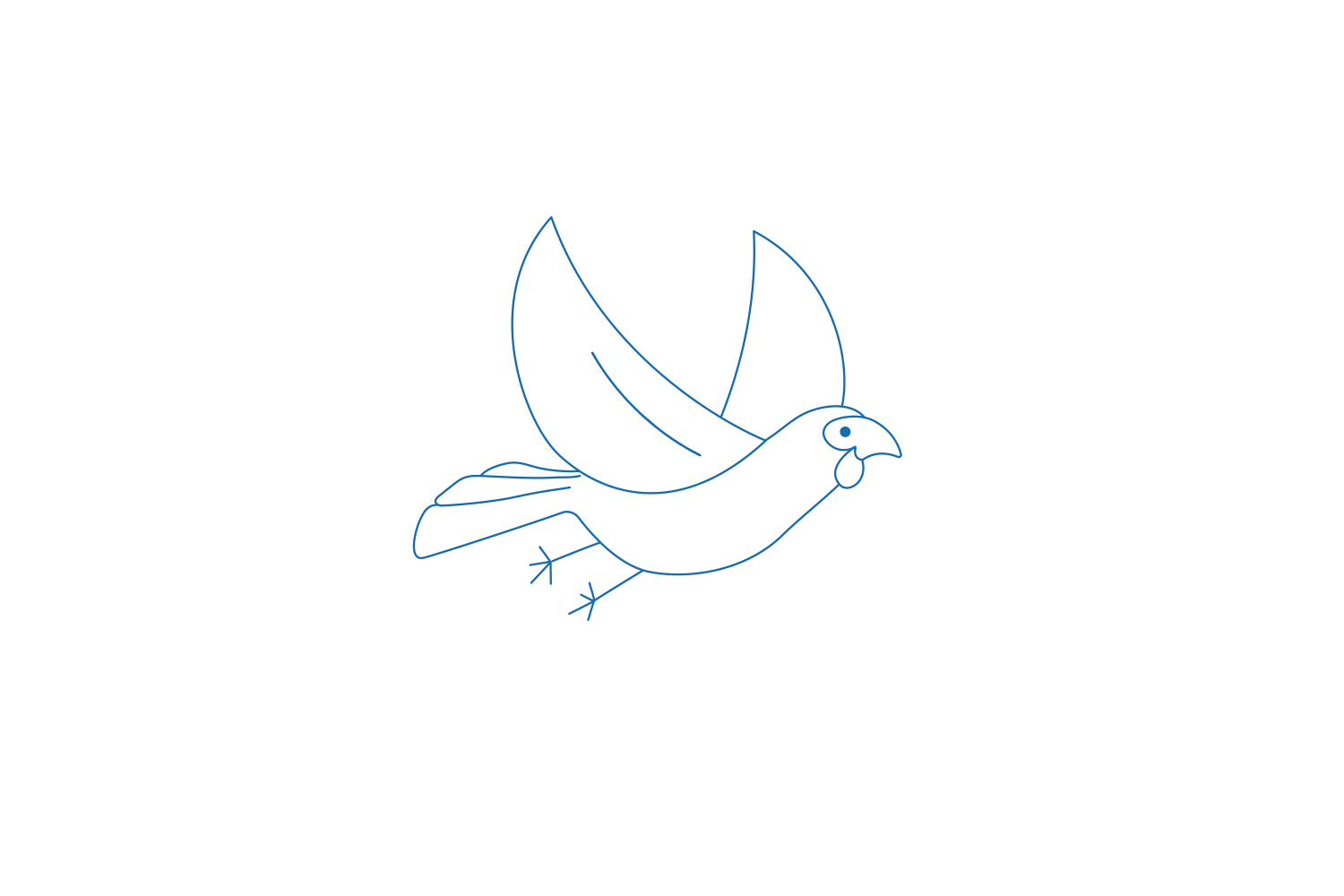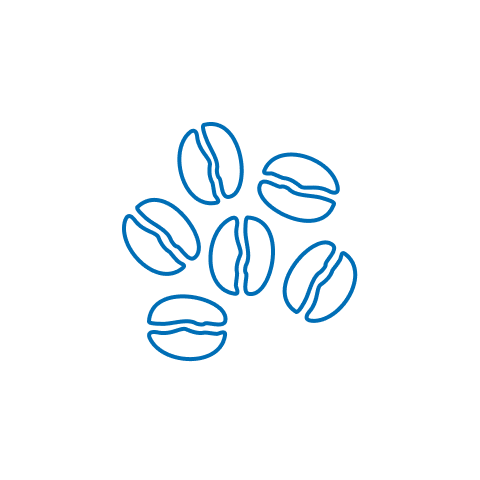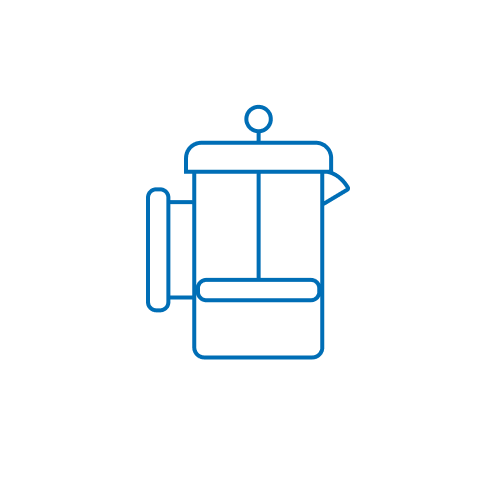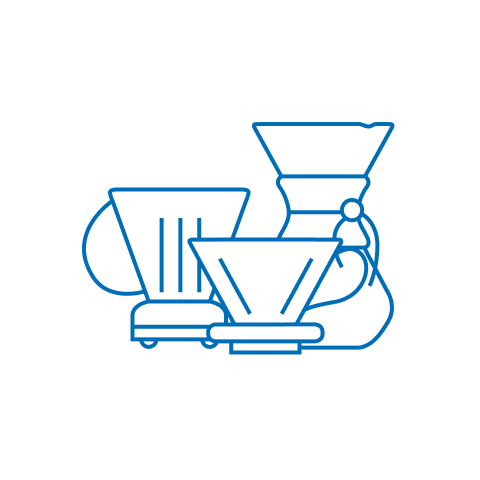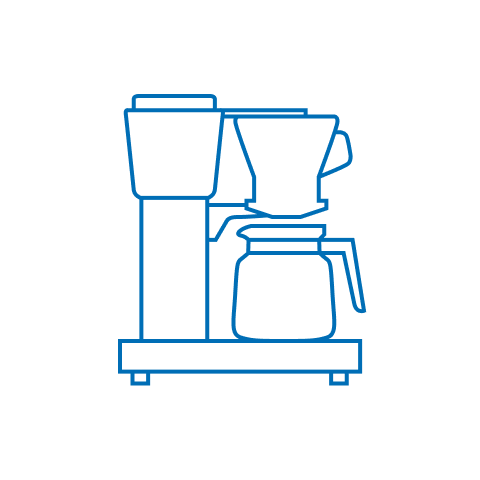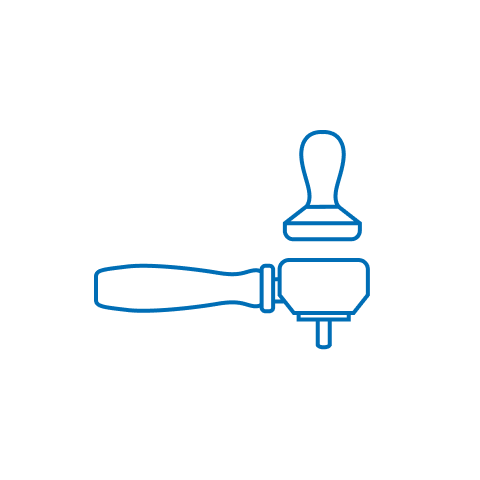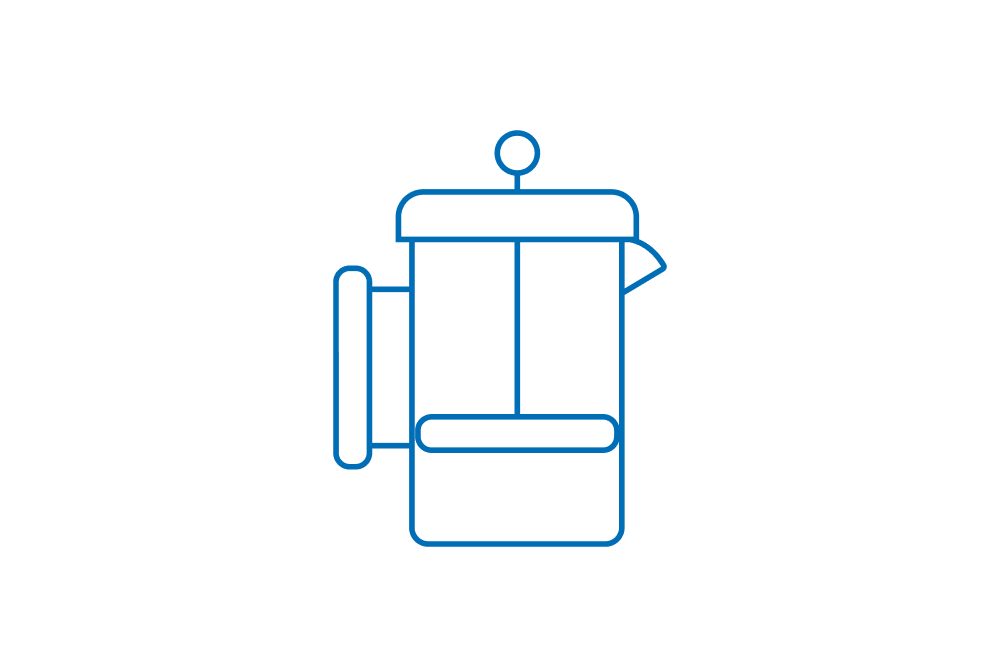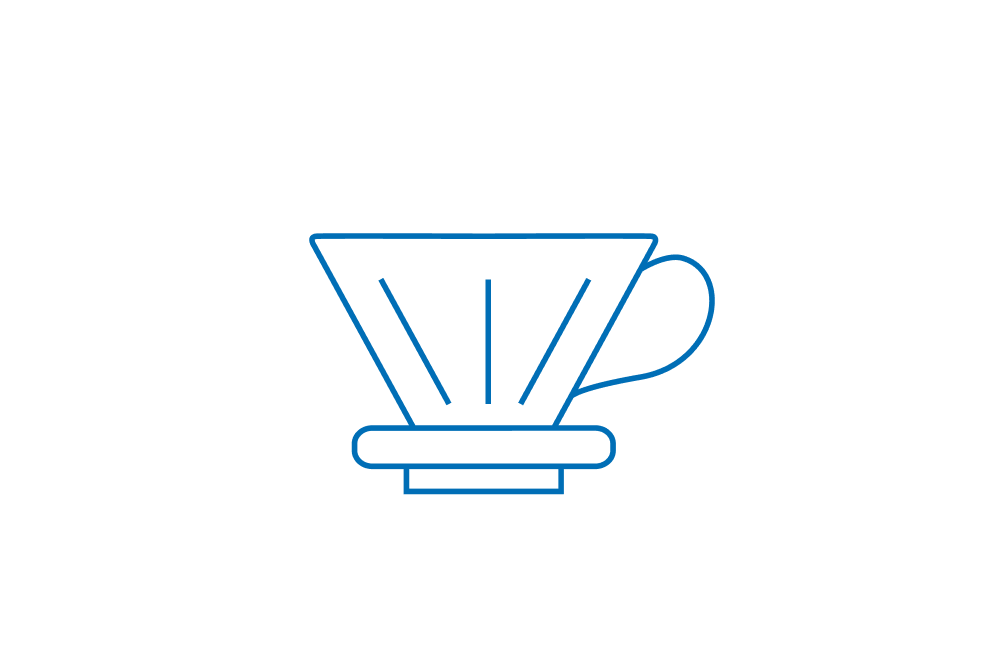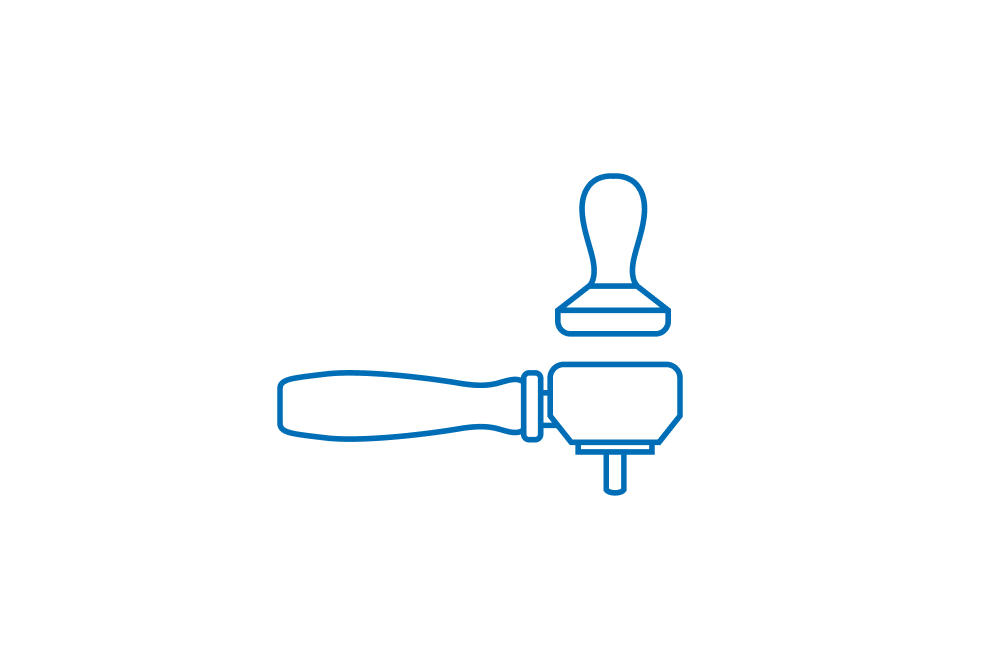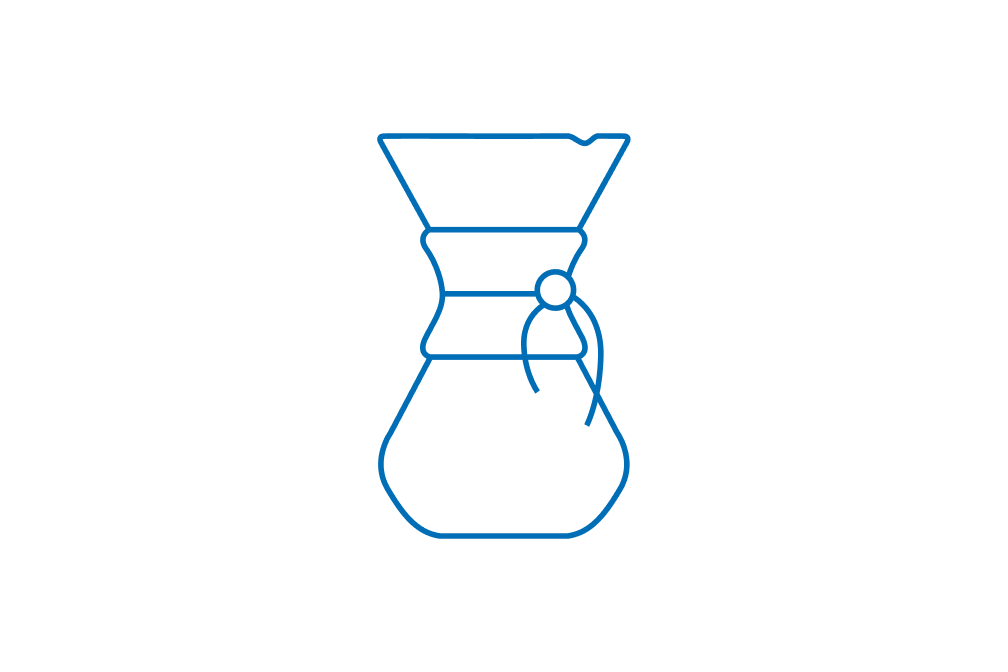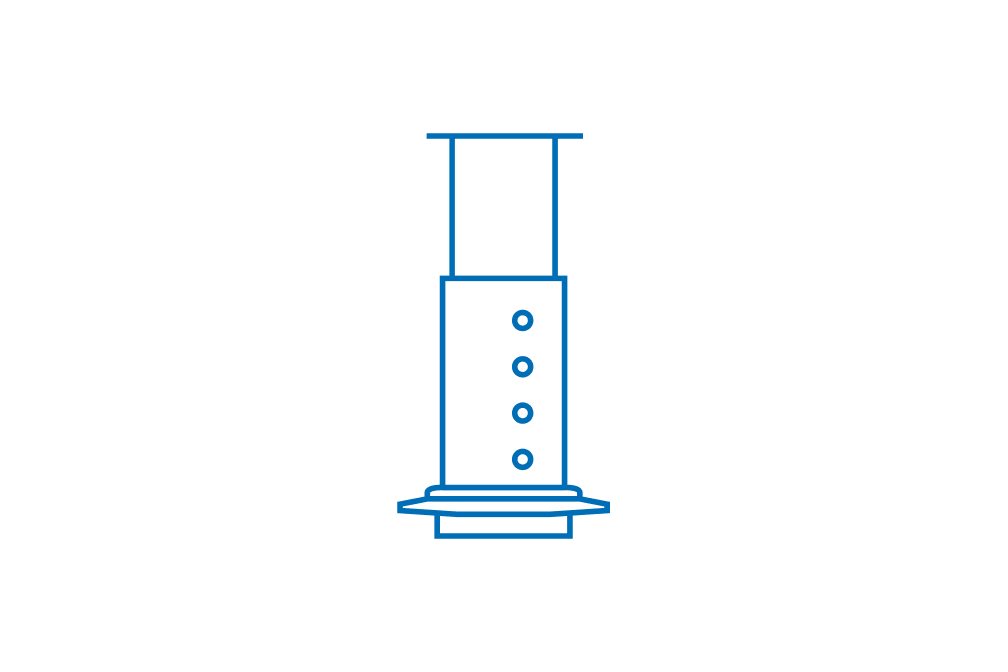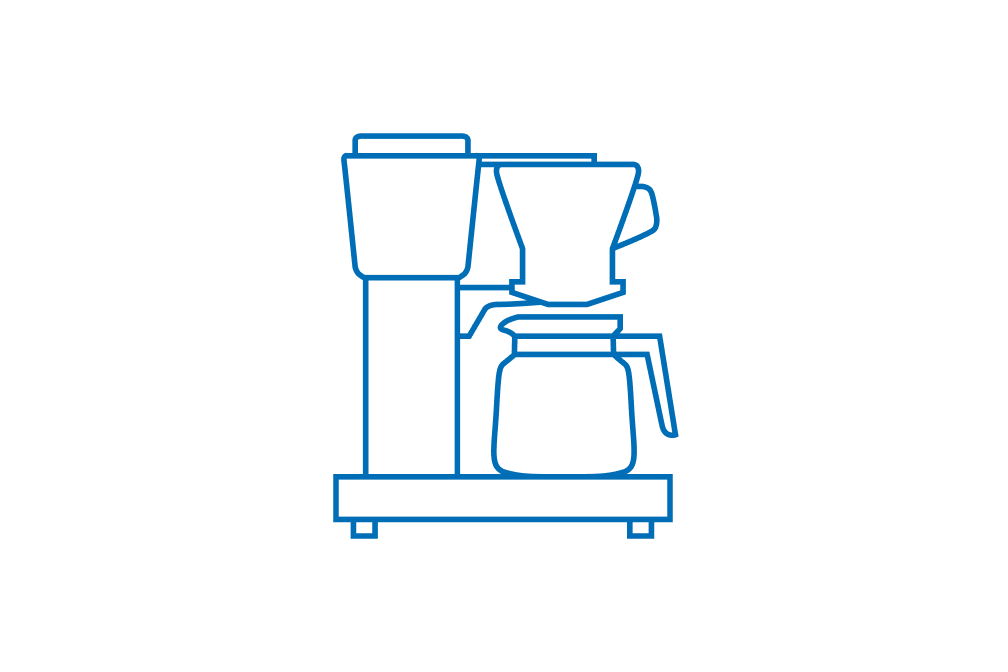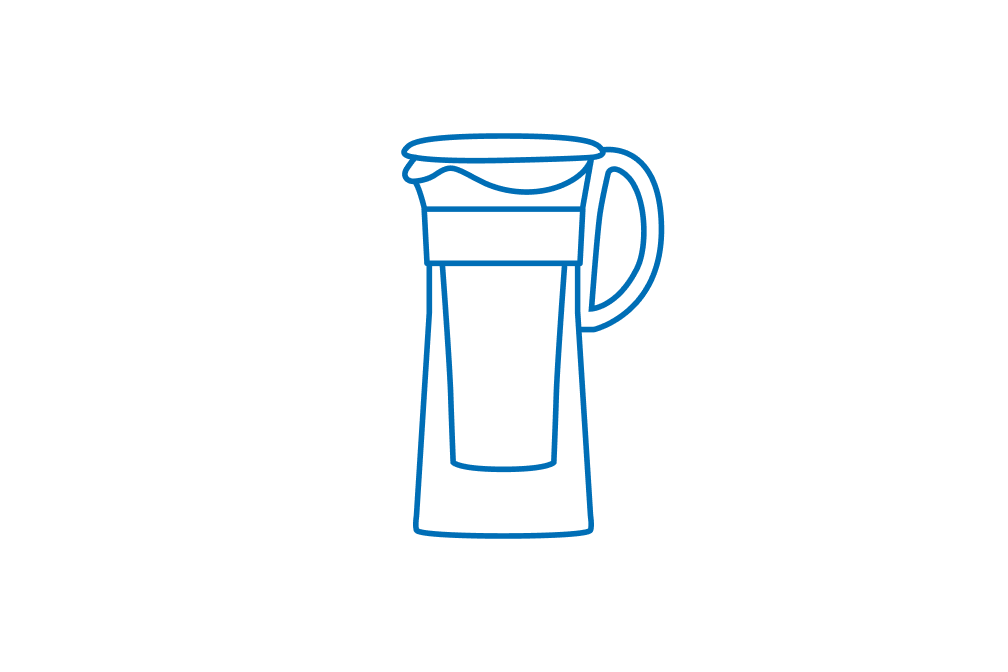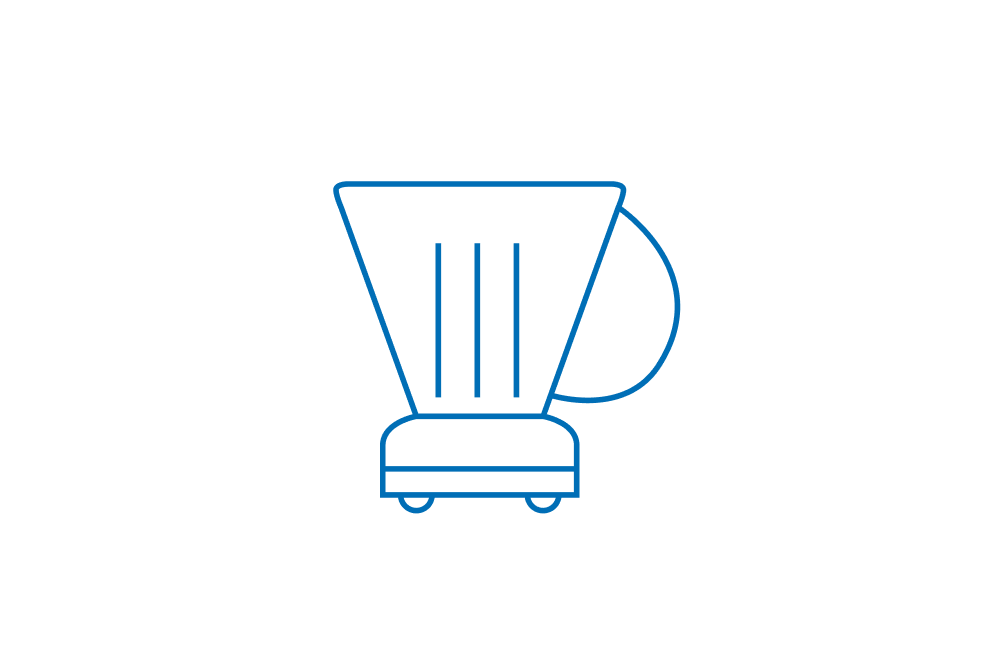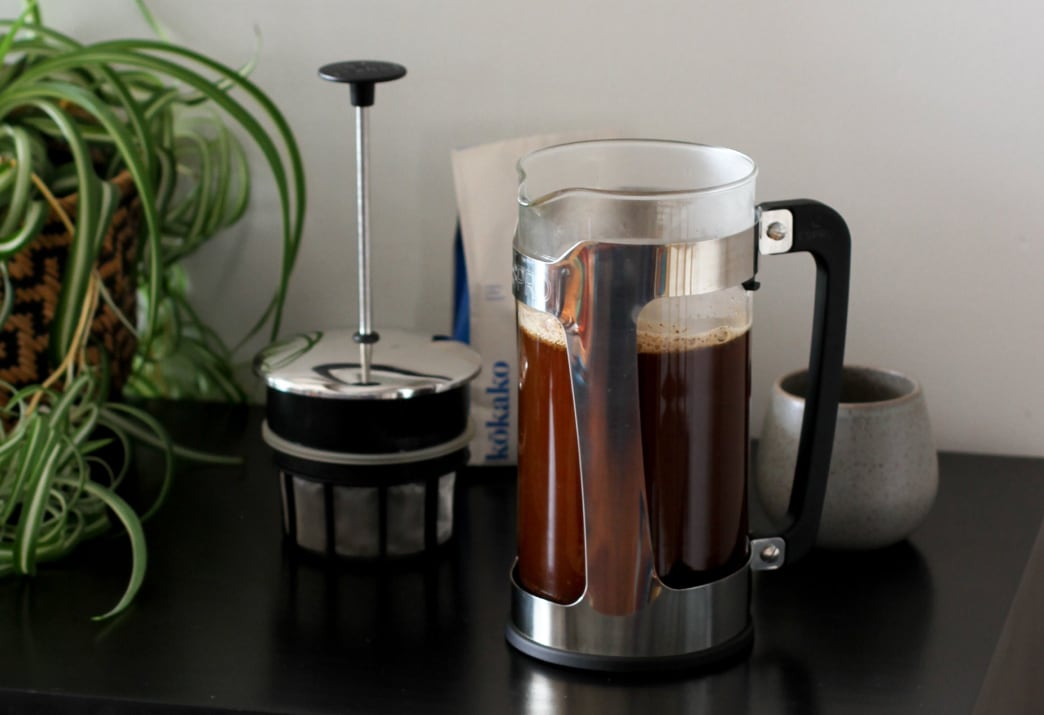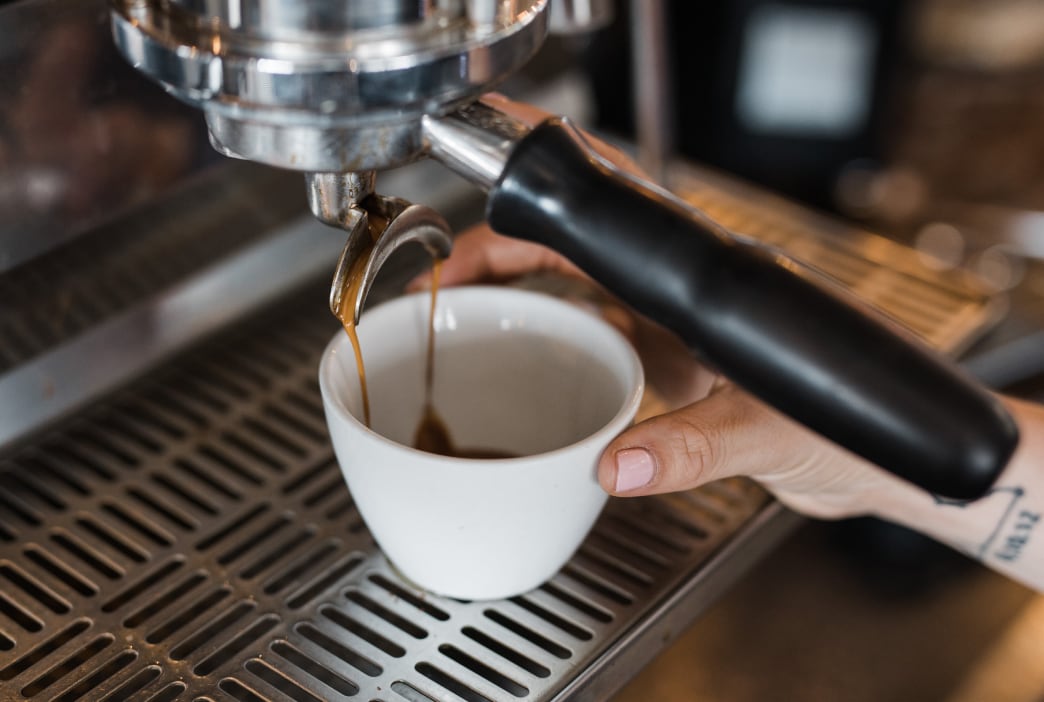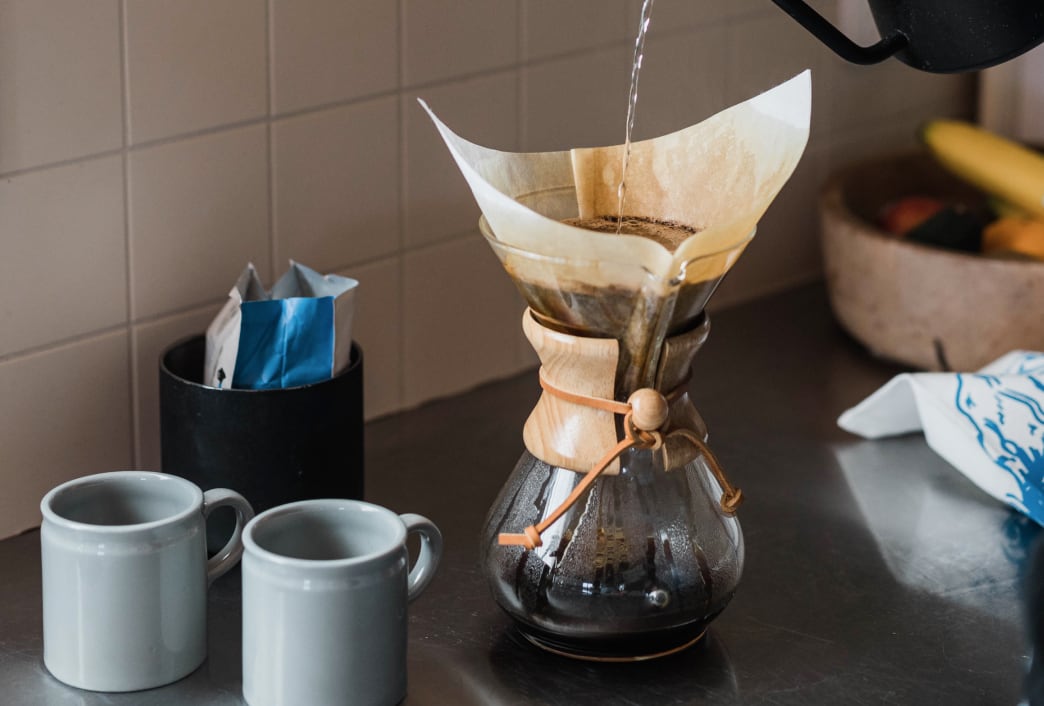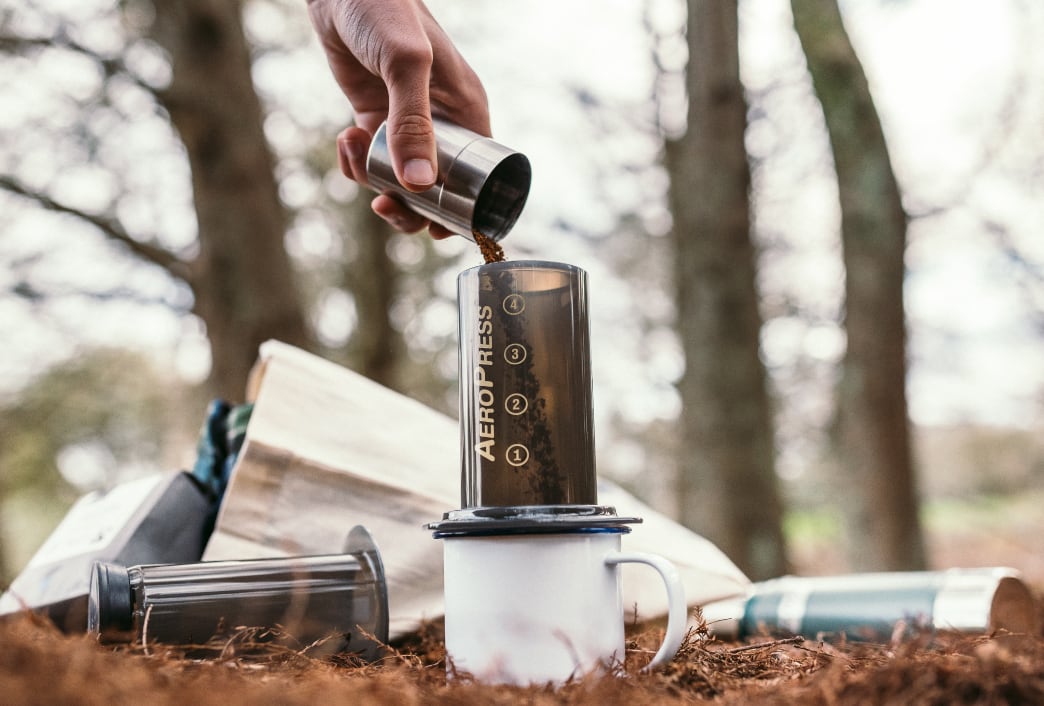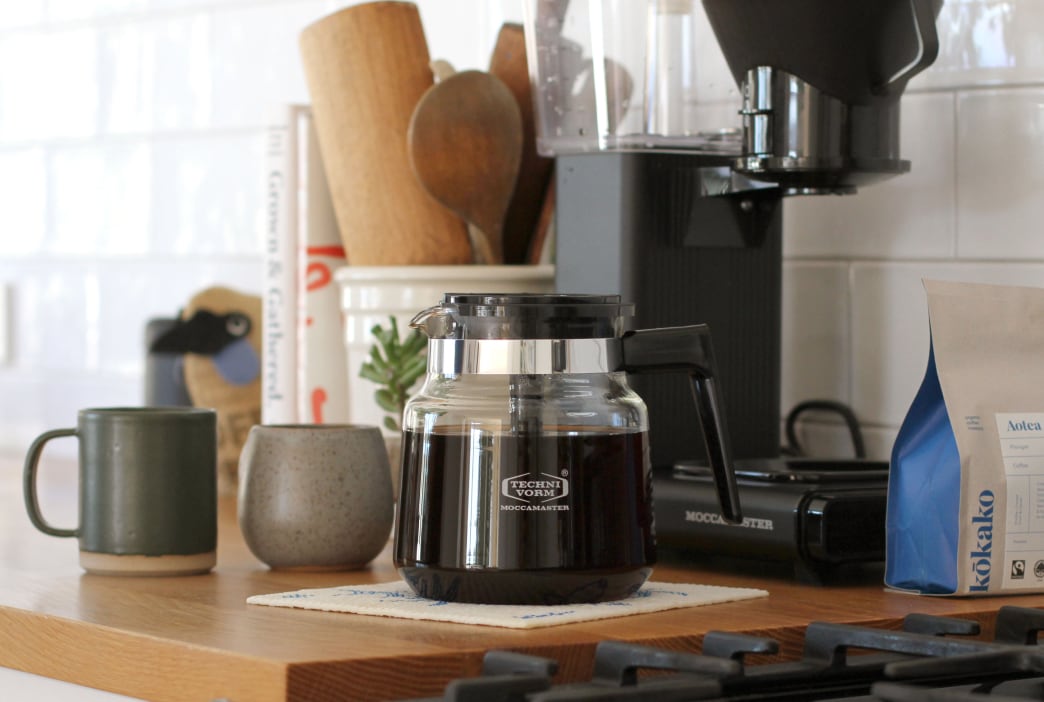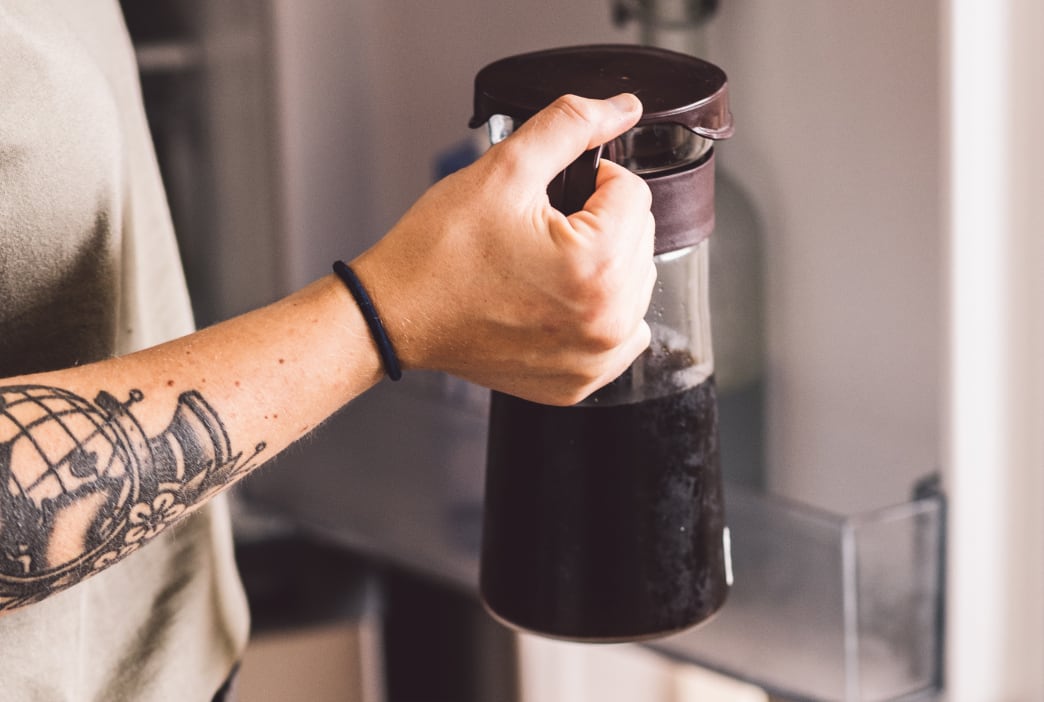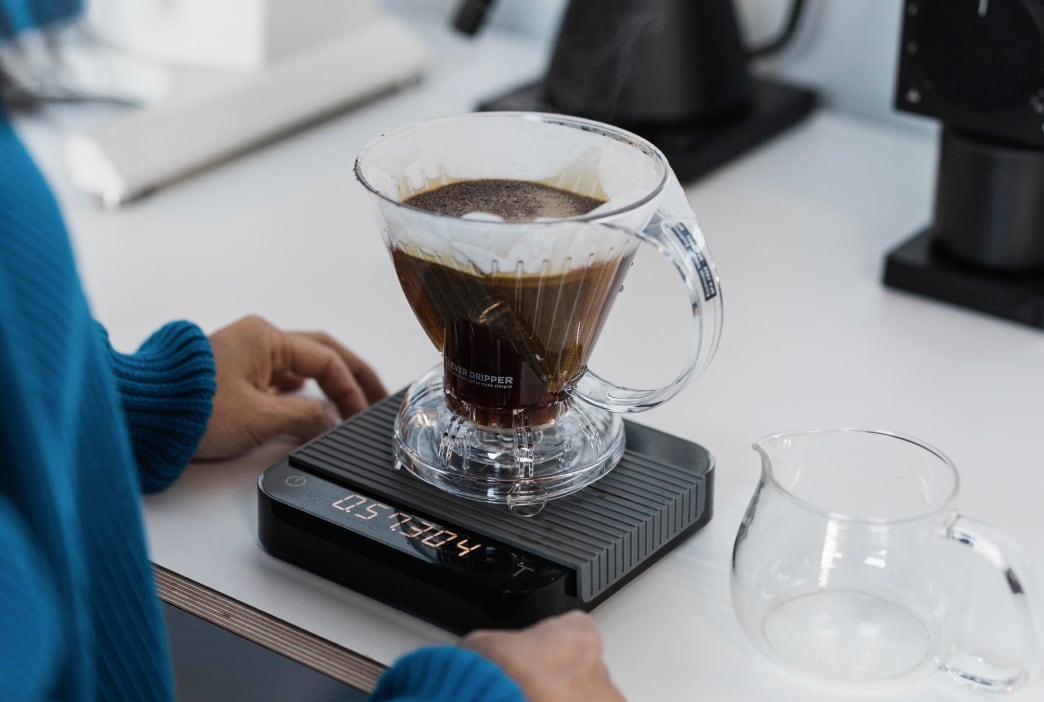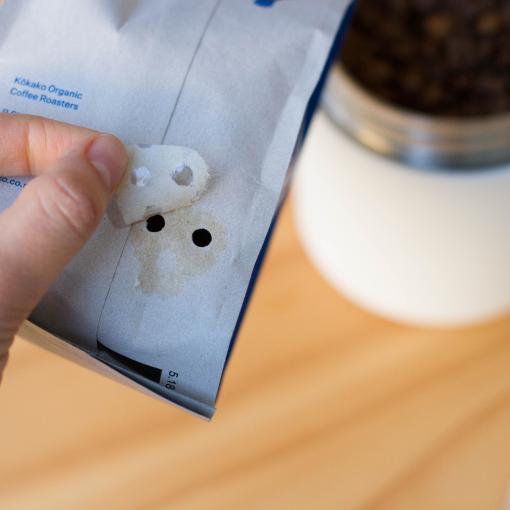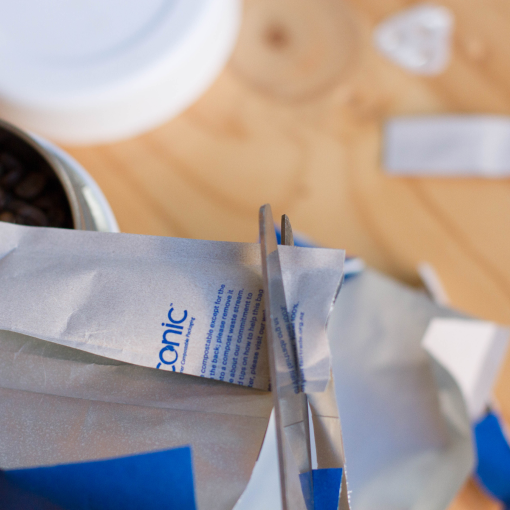By Mike Murphy

In the Beginning
Since being first introduced to the country at the end of the 1800s, coffee has grown to be one of PNG’s leading export commodities, with 42,600 metric tonnes of coffee exported around the globe in 2016, according to the International Coffee Organisation.
On this trip (May 2017) I joined representatives from Fairtrade Australia & New Zealand who have been working in PNG since 2006, providing certification, business development and product quality advice and training. Currently Fairtrade ANZ is engaged with nine coffee organisations of which four are Fairtrade certified. Kokako buys from one of these coops (HOAC) and we are looking to work with several others. Fairtrade ANZ has led annual workshops in PNG focussing on a large range of topics including gender equality, infrastructural development and the distribution and use of information and communication technology to address some of PNG’s leading issues around isolation. As a result of their engagement with Fairtrade, the coffee producer organisations have invested their Fairtrade Premiums into both their businesses, to improve their coffee quality, and community projects around water, health and education.
Here we pick back up on a post I wrote in June (part one) – if you haven’t already seen it we recommend you read it, here, first before reading this one – just so it all makes sense!

In the right hands
We were also joined on this trip by José Pablo Juarez from Costa Rica - his in-depth knowledge of coffee farming, harvesting and processing methods, alongside his skills as a qualified Coffee Q Grader and specialty coffee roaster, were invaluable in our training workshops. Costa Rica has a well-developed coffee industry with strong yields and good infrastructure. Pablo worked very closely with Will Valverde, a key member of the Fairtrade Producer Support team looking after the Pacific, who also originates from Costa Rica . Will has his own seriously impressive background in coffee (see here) and together José Pablo and Will reinforced with the PNG coffee farmers the importance of picking the coffee cherry at its optimum ripeness.

The most common coffee varietals in PNG are Typica, Mundo Novo, Caturra and Arusha. Plant diversity and companion planting is common, with cash-crops such as banana trees often planted close to coffee trees in the rich volcanic soil. This companion planting can also positively influence the flavour and aroma of the coffee grown in close proximity. See the banana tree in the photo below for example.

Traditionally in PNG the key focus area for coffee farmers has been the processing stage, however, over time their conception of coffee is beginning to shift. Where coffee has traditionally been viewed as merely another cash crop, through trainings, international market connections and organisational values farmers are realising the full potential of coffee as a leading source of household income.

Margaret Kede (above) is a member of Neknasi Coffee Growers Cooperative Society, her coffee garden is located in Bandong village. Margaret and her husband have three children and through Fairtrade Margaret and her family are able to sell the coffee they grow for a consistent and fair price. Margaret’s enthusiasm and knowledge during the coffee picking component of the workshop demonstrated her finesse as a coffee farmer.
In PNG women are now being recognised as valuable in organisational decision making and, through trainings such as these, are increasingly mastering roles within cooperatives that have traditionally been reserved for men.

Most coffee farms will have their own coffee pulper that is used to remove the cherry skin. By turning a handle to the side of the pulper and feeding the coffee cherry into a hopper at the top the skins are removed and deposited in a pit below the pulping station. The resulting product is parchment, that has a sticky mucilage exterior.
The majority of farmers will allow the cherry pulp to decompose and then use this as compost around their coffee trees. I collected fresh samples of pulped coffee cherry skin (much to the amusement of the farmers), and spent time drying this off in the sun. The PNG coffee farmers were not aware that there is value in the coffee cherry skins, and that once dried they can be used to brew cascara tea. When we got back to Lae I prepared cascara tea in both hot and iced tea versions, and explained how this by-product of the coffee production process can be turned into a value-added product for cooperatives. I even mocked up some packaging to show them the potential – although there will be no prizes for my label designing skills!


Coffee Fermentation
Once coffee is pulped the care that is taken in both fermentation and processing can have a major impact on the taste and integrity of the coffee. We describe coffee as “fully washed, semi-washed, or natural”. This refers to the degree of washing of the mucilage once the coffee has been pulped or in some instances it will refer to coffee that has not been pulped and is dried with the cherry skins still intact. In the honey-processed method the mucilage is retained during processing and drying – this can create a distinctive savoury or fermented flavour profile with the mucilage also adding more sweetness.

During our farmer training we spent time showcasing various processing methods. This coffee has been taken from the pulper as parchment and placed into a wooden fermentation box. It is left for 24 to 36 hours to ferment and will then have the mucilage washed off before being placed in raised drying beds.
Raised Drying Beds
Once the coffee has been harvested, pulped, fermented and washed the parchment is ready to be placed on drying beds. In Papua New Guinea both raised and ground beds are used – the raised beds provide the best conditions for optimum drying – allowing air to circulate from under the mesh tray and up through the coffee parchment. Local timber is used for much of the framing, and plastic sheets are used to protect the beds during inclement weather and overnight.



During the training we reinforced the importance of turning the parchment to allow for it to fully dry, and also using the raised beds to pick out any defects. Once dry, the parchment has a crisp, light texture and moisture meters can be used to determine the moisture content. Ideally the parchment needs to reach 10% to 10.5% moisture content from the drying beds before it can be put into storage.

The iconic Toyota Landcruiser 70 series is the most popular vehicle on the road in PNG – it has a 30% market share due to its durability and reliability. Even the main highways can be treacherous – gaping pot-holes and a lack of roading maintenance make for tricky driving conditions. The road to and from Neknasi Coffee Cooperative is unpaved and mostly dirt, windy and undulating but takes in some spectacular views of the Saruwaged range and the Busu River in Morobe Province.

Processing Mill and Storage Warehouse
Around three hours drive back down towards Lae and near the Highlands Highway is one of the Neknasi Coffee Cooperative warehouses. We visited in the late afternoon, and the light was stunning.
White sacks hold parchment, delivered direct from the cooperative and often after they have been stored in the highlands for a few months, and the jute sacks contain the green beans which have been hulled to remove the dry parchment layer that surrounds the green bean. Depending on the sophistication of the mill after the parchment is removed the beans will also be mechanically polished to remove the silver skin, a flakey husk that can also be rubbed off by hand.


Sorting and grading will either take place at the cooperative mill but most likely at the exporter in Goroka, who will have higher specification equipment that is able to grade the beans for size and density and identify defects for removal.
Members of HOAC take their turn on the sample roaster
Kokako has been working with HOAC (Highlands Organic Agriculture Cooperative) for over 10 years, sharing knowledge to improve the quality and consistency of the green beans. Part of the training programme with the Fairtrade cooperative farmers in PNG involved not only on-farm tuition, but also a comprehensive programme inside a dedicated classroom on roasting and cupping coffee. All of the coffee farmers and cooperative leaders attended a classroom style training back in the city of Lae, which involved both theory on best-practice coffee production and more advanced tuition on sorting coffee for defects and preparing it for roasting. Several cooperatives were presented with sample roasters which will allow them to roast their own samples and evaluate them based on the tuition provided. This has not previously been possible, and is normally controlled by the exporter once the coffee has been sold.

From left to right – Daniel Kinne (Chairman), alongside senior members of HOAC, Mitchell, Sewege, Ricky and Ronah. Mela from Neknasi (in the cap), also looks on.
Cupping and Evaluating the coffee samples
After roasting multiple samples of coffee from the delegates own coffee coops it was cupped (an industry term for evaluating flavour, aroma and quality) by myself, Will and Pablo. Using the SCAA (Specialty Coffee Association of America) cupping protocols we were able to give feedback to the farmers from each coop on the difference in aroma and flavour of their coffee, and provide tips on how it could be further improved.




What’s next then?
Since this trip we have evaluated a second coffee from PNG from the Unen Choit cooperative that we are looking to include in one of our blends. This will increase our commitment to PNG coffee, of which we already purchase over 20 tonnes per annum from HOAC.

We first met Molock Terry (above) from Unen Choit when our Operations Manager Stephen and Sales Manager Zoe were in Sumatra in November 2016. Zoe had met some of our other growers from PNG but noted at the time that Molock was one of the friendliest people she had ever met but also had a very strong handshake. It was the first time Molock had ever left PNG and he was overwhelmed with the sights and sounds of Indonesia. The purpose of that trip was to attend the Fairtrade Asia Pacific Forum, and to teach coop leaders such as Molock about coffee cupping protocols.
Then in May this year I also connected with Molock Terry (and confirmed he does indeed have a very strong handshake). I also met the Chairman of Unen Choit Coffee cooperative, Daido Bennia (below). I was impressed with the progressive approach that Unen Choit is taking and their engagement in the training forum being held. I was also super impressed with the flavour profile of the coffee, which exhibited distinctly different flavour and aroma characteristics to the HOAC coffee we currently buy from PNG.

We are also helping the HOAC team to prepare some packaging and labels for their coffee which they plan to roast locally and sell in the PNG domestic market. This will further strengthen their cooperative and provide additional revenue to supplement their exports.
And we are planning our next trip – likely to be the first quarter of 2018 – so who’s in?
If you enjoyed this post you can read more about Will and the Fairtrade team here. Or read about our interview with Paperboy on PNG here.
All photography in this post was taken by Josh Griggs for Fairtrade ANZ.
Share
Back to articles
